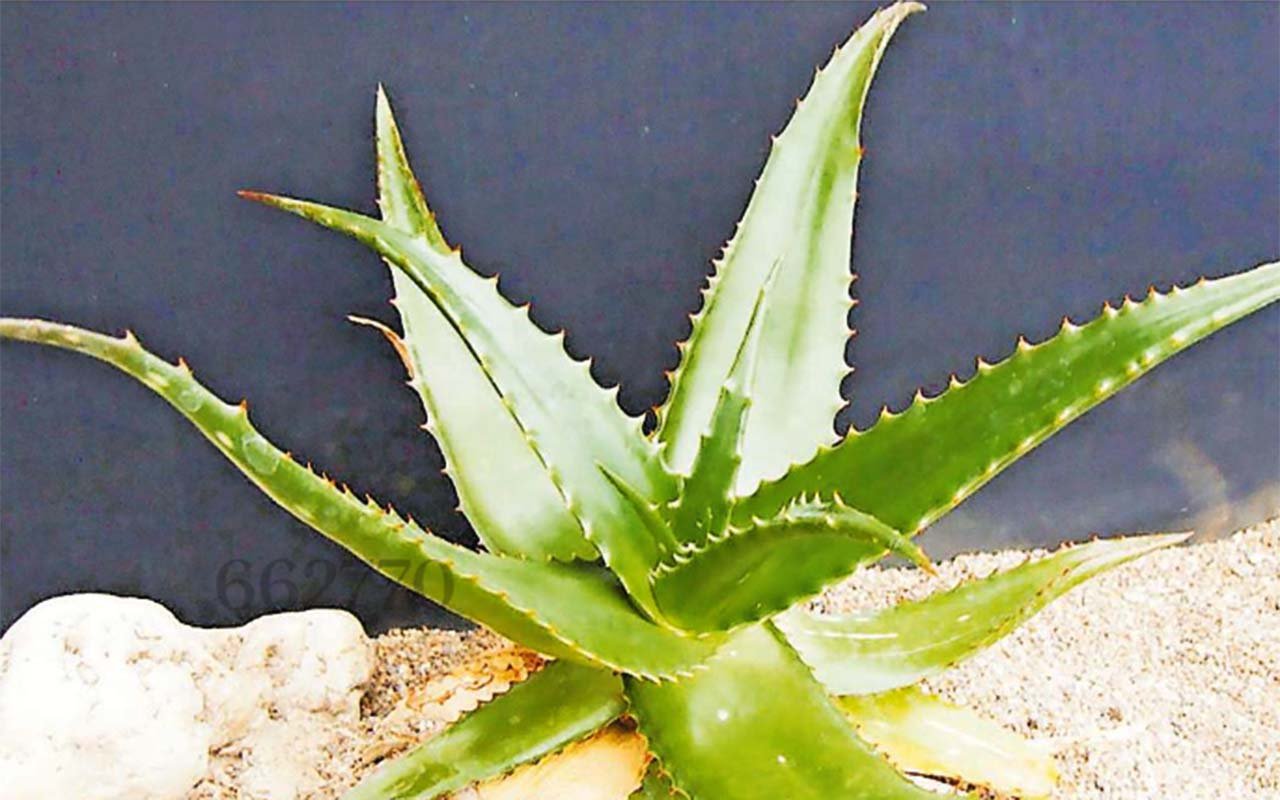Prime
Caring for tomato seedlings and transplanting

Farmers are advised to apply CAN fertiliser after the third week of planting. Photo/Shabibah Nakirigya
What you need to know:
- Ideally, transplanting should be done early in the morning or late evening when the weather conditions are calm.
Recently Moses sowed tomato seeds in a raised nursery bed. He has been watering them twice a day and the seedlings have now emerged thus there is need to remove the mulch, which is one of the first nursery management practices.
Delayed removal of mulch normally results in taller seedlings as the plants search for light. Later, such plants end up with stem breakages.
Always remove the mulch when the weather condition is cool and do it gently to avoid causing injuries to the seedlings. Place the removed mulch far away since it may harbour pests and diseases.
As a good practice, remove the mulch when 70 percent of the seedlings have germinated, and water the plants soon after.
We erected a shade net on top of the nursery to shelter the seedlings against the harsh environmental conditions currently experienced in Kajiado.
In the place of a shade net, you can also use dry grass which you should erect a metre-high.
Secure the shading materials by tying strings across or placing rafters on top to prevent them from being blown away by the wind.
As the seedlings germinate, some weeds also grow thus weeding is necessary and do it manually.
Have records
At this stage one should avoid herbicides because the seedlings are still delicate. Some of Moses seedlings were crowded in once place, so we did pricking out.
Such seedlings can be transplanted in another seedbed to curb wastage. Pricking out allows sufficient space for root development, good aeration, and easier management of pests and diseases.
I have trained him to scout for pests and diseases such as white flies and Tuta absoluta and fungal diseases like blight every day.
Fertiliser
At week three, we will apply CAN to encourage vegetative growth and soon start the hardening off process, where one gradually reduces the shade and watering in the nursery to make the seedlings strong enough to survive in the field after transplanting.
I have asked Moses to reduce the number of watering from twice a day to once depending on the weather conditions.
Our target is to transplant the seedlings after four weeks when they would have achieved three to four leaves.
As a good measure, have records of all the management practices you do for reference and to monitor the plant progress.
In our case, to allow easy and effective implementation of the activities, we have developed the work plan.
In the next article, I shall focus on land preparation as we plan for the transplanting of the tomato seedlings.
Transplanting
The last few days have been busy for farmer Moses and I as we transplanted our tomato seedlings to the main field after four weeks.
The plants had already developed three to four mature leaves and all were a height of about 5cm.
Earlier, we had done hardening off to ensure the seedlings adapt best to the field environment. We transplanted the seedlings late in the evening to minimise shock or stress.
Ideally, transplanting should be done early morning or late evening when the weather conditions are calm.
Before transplanting, we watered the seedbed in the field the previous day to ensure the soil is moist to make the transplanting easier.
Similarly, the nursery bed must be watered before transplanting to reduce plant shock and avoid damaging the seedlings.
Seedling selection
Seedling selection is vital during transplanting, we, therefore, transplanted those that are tall and healthy first. The remaining seedlings would be used for gapping.
We uprooted the seedlings in batches to ensure we did not end up with excess. Once uprooted, we placed them in a basin, which we used to transport them from the nursery bed to the seedbed.
Seedlings must be handled with care to avoid mechanical damages that act as entry points for secondary infections.
We had dug planting holes and placed in fertiliser as per the soil analysis results guidelines.
For the quarter acre
Fertiliser must be mixed well with soil to prevent scorching the seedlings.
I did a demonstration for Moses and the two farm workers he had hired on how to transplant the seedlings, guiding them on the dos and don’ts.
One of the don’ts is that one should not step on the beds in the field as this easily results in the formation of hardpans affecting the plant’s water and nutrients uptake. They workers thus used paths created in between beds.
Another thing they needed to know is that every seedling counts. We could not afford to lose any. This ensures the seedlings are well-planted.
We placed the seedlings in the planting holes without removing the soil ball or bending the roots. Once in the soil, we ensured that all the roots were covered.
To ensure that we maintain the required plant population, we adhered to the 40 by 60 cm.
For the quarter acre, we ended up with 3,300 seedlings. After transplanting, we watered the seedlings adequately to prevent them from drying.
Excess watering should be avoided as this can easily result in damping-off, a fungal infection that affects the seedlings.
We also ensured all the tools and equipment used on the farm were cleaned and disinfected and kept them under a shade.
We also collected all the waste from the farm and disposed it appropriately to maintain farm hygiene. In our next article, we shall focus on the management practices after transplanting.




